Technical Data
Bamboo Flooring Structures
Bamboo flooring has 3 grains, Horizontal, Vertical and Strand. The patterns are typically determined by the orientation and arrangement of the bamboo strips or planks.
Horizontal is also called Plain Pressed or Flat Pressed. Bamboo strips are arranged horizontally, with the flat sides facing up, showcasing the nodes and natural grain of the bamboo. Horizontal bamboo flooring is 3-ply structure and the bamboo strips are pressed in the same direction and paralleling with 3 layers. Horizontal bamboo flooring features a traditional, distinctive "knuckle" characteristic that repeats through the plank.
Vertical is also called Side Pressed. Bamboo strips arranged vertically, with the narrow edges facing up. This orientation creates a more uniform appearance with fewer visible nodes. Vertical bamboo flooring is 1-ply structure. The bamboo strips stand together in vertically, gluing and pressed. Bamboo strips are oriented on edge, reducing the visibility of "knuckles", and providing a cleaner, flowing appearance.
Strand woven bamboo flooring is made by compressing bamboo fibers under high pressure, while using a heat-sensitive low-VOC adhesive. Bamboo poles are split, shredded into individual strands, and fused under a cold press of 2,500 tons of pressure. After the curing process, the block is sliced into flooring with T+G system and coatings applied.
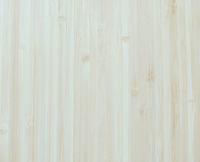
Bamboo Flooring | Vertical
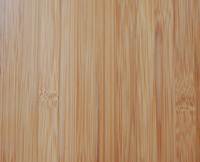
Bamboo Flooring | Horizontal
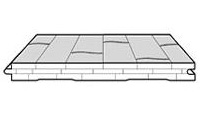
Strand Bamboo Flooring | Carbonized
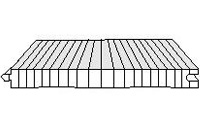
Strand Bamboo Flooring | Natural
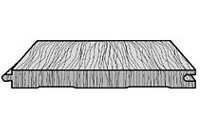
Strand Bamboo Flooring | Tige


 皖公网安备 34180202000049号
皖公网安备 34180202000049号